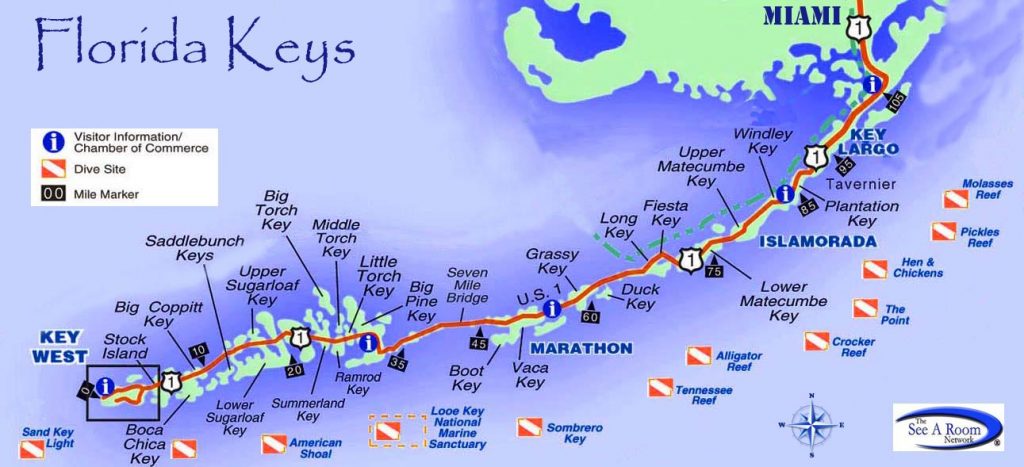In this new series, we are highlighting various Keys and sharing some info on how these particular islands got their names and how they became significant in growth and development of the Florida Keys. With over 1,700 Keys and some with very interesting names, there is a rich and unique history behind each Key and we will aim to uncover some facts about each.
We started with the northernmost and easternmost Keys and will continue to make our way west across Overseas Highway. Our last article ended at Indian Key, keep reading for the next few Keys on our list!
Lignumvitae Key
Lignumvitae Key was owned and operated by a Miami family until 1953 when it changed hands – the new caretakers lived there and the coral bedrock house they lived in still stands. The state of Florida purchased Lignumvitae Key and other surrounding keys in 1971 to create Lignumvitae Key State Botanical Park. It is the highest key above sea level sitting at 19 feet and is covered in tropical hardwoods. The island’s name in both English and Spanish are a nod to its abundance of wood. Lignumvitae comes from Holywood Lignum-vitae, the name of the type of wood found on the island. Its Spanish name, Cayo de Lena means “Firewood Key”.
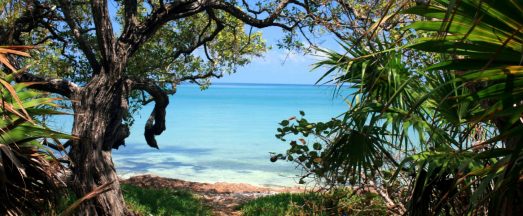
Lower Matecumbe Key
Lower Matecumbe Key was widely known to be the most reliable source of fresh water locally with natural wells occuring on the island – until the construction of the Overseas Railroad disrupted that along with Native American mounds that existed there. Now the island is home to a sand mining operation and more notably, the Florida National High Adventure Sea Base. The adventure base is a part of a program run by the Boy Scouts of America that offers outdoor and water-based training and excursions.
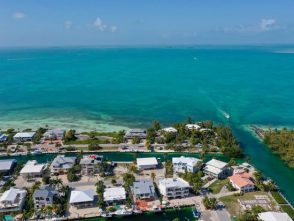
Craig Key
Craig Key is a manmade island that was originally part of the famed Overseas Railroad and served as a resting point. It was leased in the 1930s by Roland Craig and appropriately renamed Craig, Florida – later officially being renamed Craig Key. Craig Key had its few moments of fame in the 1930s: firstly for being the spot where President Herbert Hoover sailed his boat from, secondly for being the last landfall point of the catastrophic 1935 Labor Day Hurricane. A boat captain hunkered down on the island recorded a barometer measurement of 26.35 inches of mercury (892 mbar), which is still the lowest sea-level atmospheric pressure ever recorded on land.
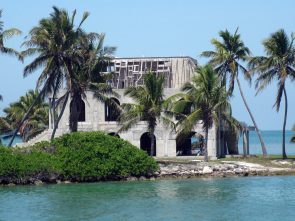
Fiesta Key
Fiesta Key is yet another small island that experienced changing hands as a result of the construction of the Overseas Highway. Fiesta Key was previously called Jewfish Key or Jewfish Bush Key, Greyhound Key, Tropical Key and later Fiesta Key. The island was purchased in the 1960s by the company Kamgrounds of America and later by Cortex Companies which used the island as a vacation destination spot.
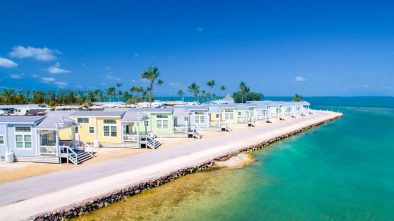
Long Key
Long Key is currently home to the town of Layton which has many residents and Long Key State Park which is sought after for its beach campsites and waterways that tourists can paddle or kayak through. Its Spanish name Cayo Vibora means “Rattlesnake Key” which references the geographical shape of the island which resembles a Rattlesnake with its jaws open. Long Key has a rich history in the Florida Keys specifically for being home to the Long Key Fishing Camp. The camp was established for workers of the Overseas Railroad to enjoy “some of the best fishing in the world”. Notable figures like President Herbert Hoover, and businessmen like Charles Kettering and Andrew Mellon were guests of the famed fishing camp until it was destroyed by the Labor Day Hurricane of 1935.

Stay tuned for History of the Florida Keys: Part 4 coming soon. If you have missed Part 1 and Part 2 visit our website archives at https://www.islamoradatimes.com/archive/


